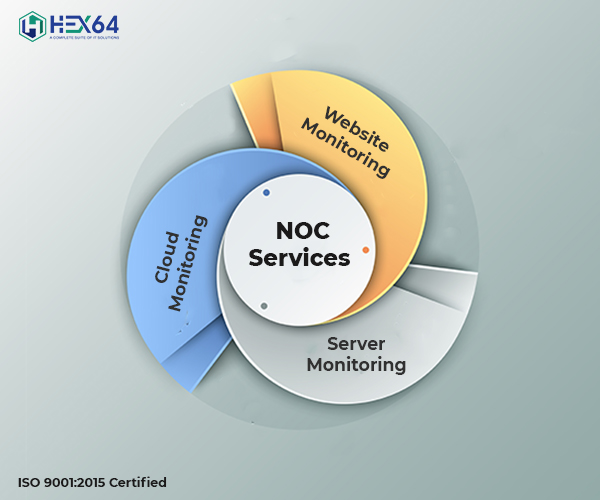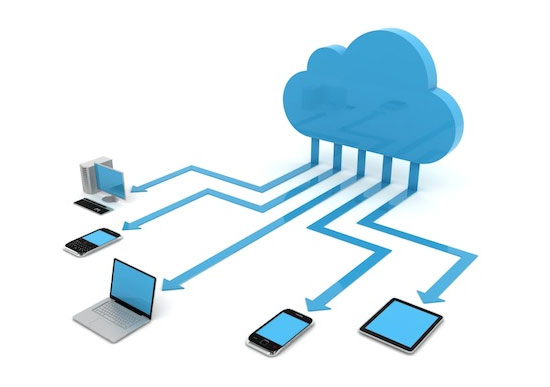Network operations deal with the activities executed by internal networking teams or third parties that organizations and service providers rely on manage, monitor and respond to alerts on the administration and availability of networks. The team with major responsibility for network operations is usually called a network operations analyst or network operations engineer.
A network operations center, also known as a NOC, is typically a centralized place where network operations professionals provide 24x7x365 monitoring, and management of networks, servers, databases, firewalls, other network devices, and related external services. This infrastructure environment can be on-premises or/with cloud-based.
Some essential network operation activities are:
• Network monitoring
• Event reply
• Communications Management (email, voice, and video)
• Software/firmware installation, troubleshooting and updating of network components
• Firewall Management
• Threat Analysis
• Patch management
• Backup and Storage management
• Performance, quality and customizable reporting
• Intrusion Prevention System (IPS) and other security equipment deployment and monitoring in collaboration with security operations.
Challenges Facing Network Operations
Due to the complexities associated with today’s networks and services, especially in light of the adoption of cloud-based infrastructure and SaaS applications, there are many challenges that network operations staff face not only with a thorough understanding of the technology but also happens in maintaining it. Streamlined communication access between everyone involved.
Some important network operation challenges include:
• Lack of collaboration/coordination in teams.
• The rapid speed of change and dynamic resource orchestration in the cloud means that the documentation for troubleshooting is generally not up-to-date.
• Troubleshooting is time consuming as it often involves related data across different tools and toolsets and requires manual methods for sound diagnostics.
• Many different tools from different vendors in use may require staff to work with different technologies, low-level utilities, and command line interfaces (CLIs).
• Difficulties appear and then pass the moment all the information is needed for troubleshooting.
• From time to time there is a need to push a more superior team to assess the root cause.
Network Operations Best Practices
Well-managed network operations team tested and true covering variety of highest grade practices. These include but are not limited to the following:
• Continuous overview of a variety of information and network systems covering cloud resources, communication circuits, routers, switches, firewalls, LAN/WAN systems, and VoIP systems and application delivery.
• Responding to all incidents, disruptions and performance concerns in a timely manner.
• Classifying problems for relevant technical teams.
• Identifying and prioritizing incidents according to client’s business demands, organizational policies and operational impact.
• Selecting and analyzing performance reports for various systems, and reporting trends in performance to superior technical personnel to help them anticipate potential problems or bottlenecks.
• Documenting each activity in accordance with standard business policies and plans.
• Notifying clients and third party service providers about problems, interruptions and remediation status.
• Running with in-house and outsourced technical and service teams to create and update information base articles.
• Execution of necessary system testing and operational tasks such as patch installation, network connectivity testing, script execution and other IT related tasks.
• Supporting various technical teams in a 24×7 operational environment with great uptime demands. Different shift plans may include time of day or evening.

Out of the list of the most reliable methods, today’s workers are more likely to focus on network performance versus application availability. But the availability and performance of applications is the key to driving the target market for businesses and service providers. Moving applications to the cloud will be a key driver of network operation, which leads to more hours in application availability and performance. In particular, network operations teams will need to ensure that in-house and external networks and services do not inhibit the availability of the application, but rather accelerate its delivery.
Network intelligence technology tracks many of the challenges associated with discovering network operations that are best practices. To ensure optimal network and application performance, network operations teams need routing and application layer data as well as complete and accurate network path visibility.



